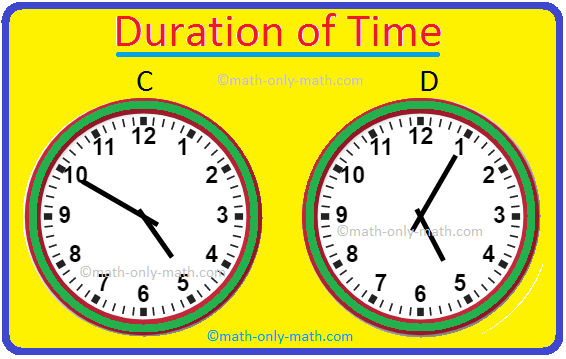How to Calculate Salvage Value

When it comes to managing assets and evaluating their worth over time, understanding how to calculate salvage value is critical for businesses and individuals alike. Salvage value, also known as residual value or scrap value, is the estimated worth of an asset at the end of its useful life. In this article, we will explain how to determine an asset’s salvage value and explore some common methods for its calculation.
Step 1: Understand the Basics
Before diving into calculations, it is crucial to understand the basics of salvage value.
– Useful life: The expected period during which an asset can provide significant benefits to its owner.
– Depreciation: The gradual loss in the value of assets over time due to wear and tear, aging, or obsolescence.
– Salvage Value: The remaining value of an asset after its useful life has ended.
Step 2: Identify Necessary Information
To accurately calculate salvage value, you’ll need specific information about the asset:
– Original cost: The initial purchase price of the asset when new.
– Useful life: The expected number of years or units of production during which the asset will be productive.
– Depreciation method: The method used to allocate the cost of an asset over its useful life (e.g., straight-line or accelerated).
Step 3: Choose a Calculation Method
There are several ways to determine an asset’s salvage value. Some popular methods include:
1. Straight-Line Method
The straight-line method is the simplest and most widely used method for calculating salvage value. To use this approach:
a) Determine annual depreciation expense by dividing an asset’s cost by its useful life.
Annual Depreciation Expense = (Original Cost – Salvage Value) / Useful Life
b) Multiply the annual depreciation expense by the number of years in use.
Accumulated Depreciation = Annual Depreciation Expense × Number of Years
c) Subtract the accumulated depreciation from the original cost to calculate the asset’s salvage value.
Salvage Value = Original Cost – Accumulated Depreciation
2. Declining Balance Method
The declining balance method accelerates depreciation by applying a higher percentage rate to the asset’s book value each year.
a) Choose a depreciation rate (usually twice the straight-line rate).
Depreciation Rate = Straight-Line Rate × Accelerating Factor (e.g., 2)
b) Multiply the asset’s current book value by the depreciation rate each year.
Annual Depreciation Expense = Current Book Value × Depreciation Rate
c) Repeat this process for each year until reaching the salvage value.
3. Production Units Method
This method calculates salvage value based on an asset’s total number of production units during its useful life.
a) Calculate depreciation per unit by dividing an asset’s cost by its total production capacity.
Depreciation Per Unit = (Original Cost – Salvage Value) / Total Units Produced Over Useful Life
b) Estimate the number of units produced in each accounting period.
c) Multiply the depreciation per unit by the actual number of units produced in that period.
Accumulated Deprecation = Deprecation Per Unit × Actual Units Produced in Period
d) Subtract accumulated depreciation from the original cost to find the asset’s salvage value.
Salvage Value = Original Cost – Accumulated Depreciation
In conclusion, knowing how to calculate an asset’s salvage value is a vital aspect of financial planning and accounting. By understanding different calculation methods, you can ensure accurate estimations and make better-informed decisions regarding your assets’ worth over time.






